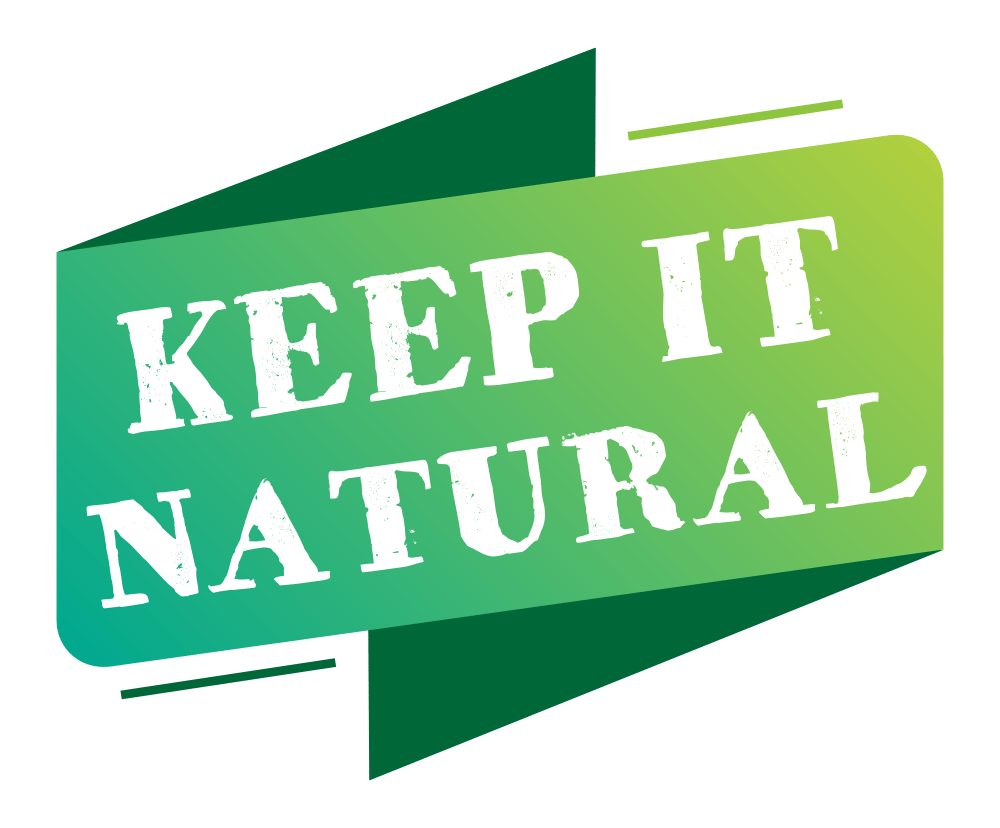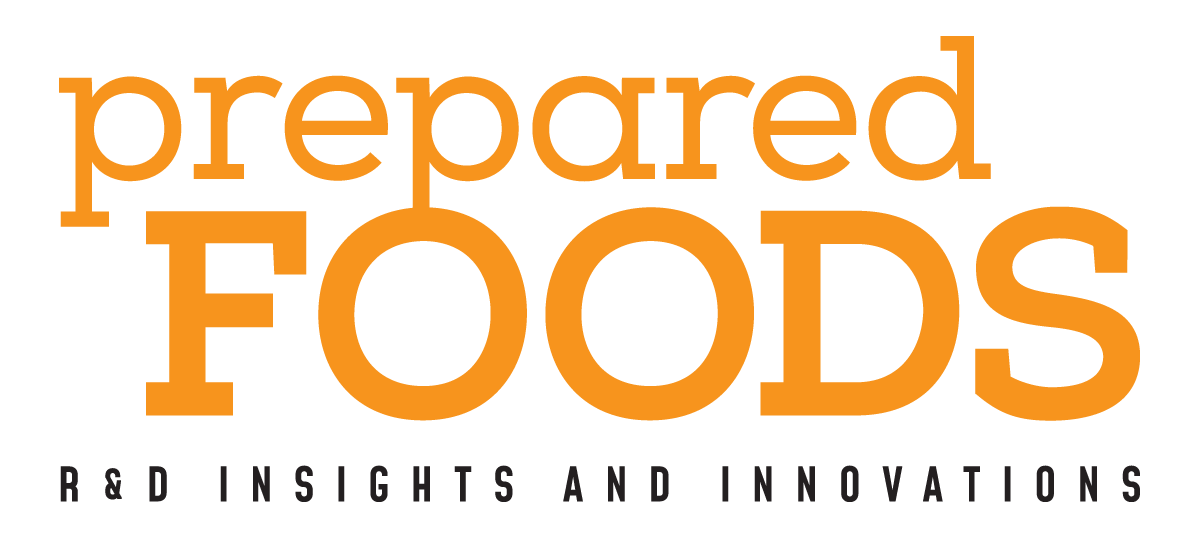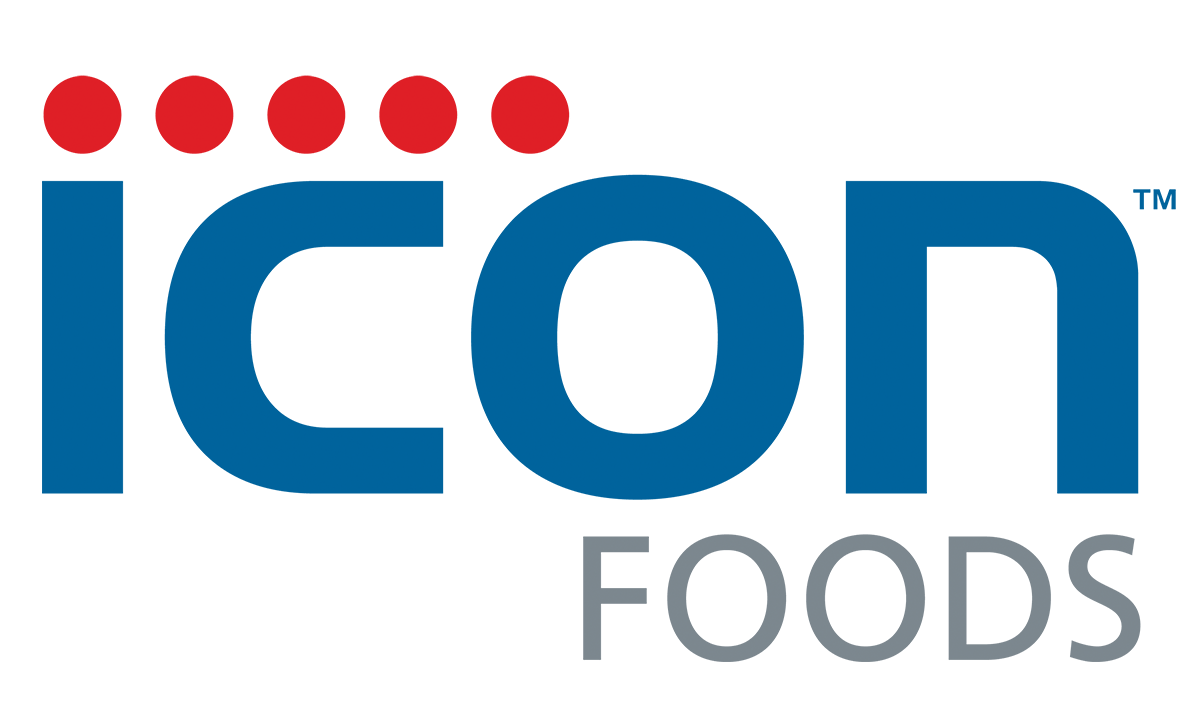by David Feder, Executive Editor-Technical
LOWER THE SUGAR, RAISE THE FLAVOR
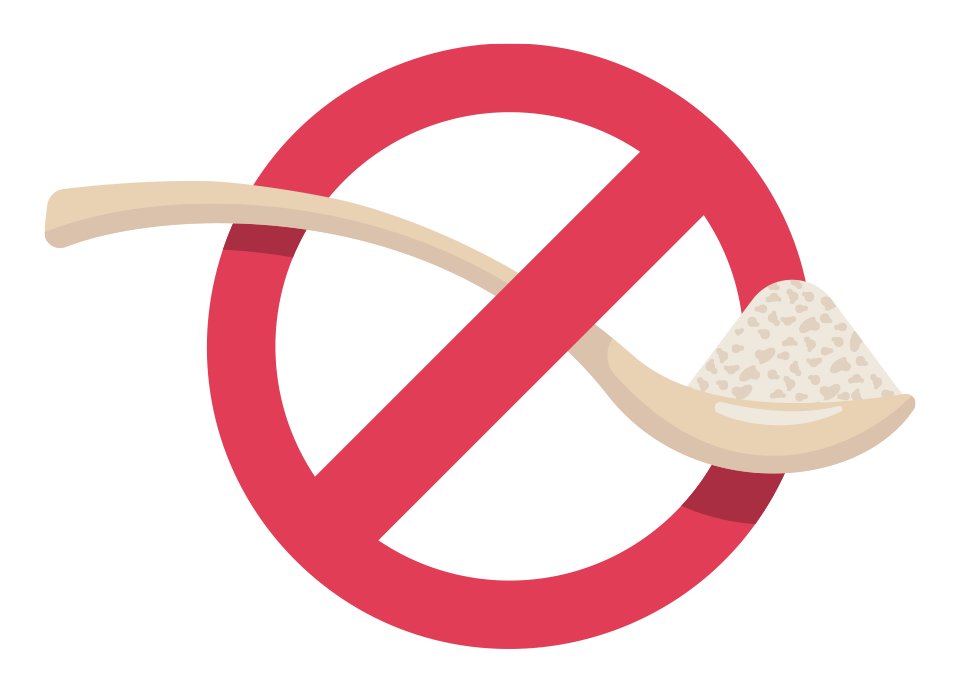
Overall, the number of Americans who claim to be limiting or avoiding sugars in their diet remains high at 72%, according to the International Food Information Council: 2021 Food and Health Survey. When asked about the most likely sources of weight gain—sugars, carbohydrates, fats, or protein—the majority of those polled targeted sugar. “Low Sugar” tied with “Low Fat” in the survey for top choice of the key component for the definition of a “healthy food.” However, a significant number of consumers are avoiding low- and no-calorie sweeteners.
TRENDPATH
*Average size and caloric needs of children these ages indicates that sugar consumption as a percentage of daily calories is several times higher in children than adults.
—“Get the Facts: Added Sugars,” Centers for Disease Control and Prevention (11-28-2021)
Average consumption of added sugars for adults 20 and older is 17 tsp/day.*

Among 12- to 19-year-olds, average intake is 14-20 tsp/day.*

Among 6- to 11-year-olds, average intake is 12-19 tsp/day.*

Among 2- to 5-year-olds, average intake is 11-13 tsp/day.*

The Dietary Guidelines for Americans 2020–2025 recommends that Americans 2 years old and older keep their intake of added sugars to less than 10% of total daily calories, and that children younger than 2 years should not be fed foods and beverages with added sugars at all.
Added sugars consumption in children and young adults is high:
CDC SAYS
Data Bridge Market Research forecasts that the global sugar substitutes market will surpass $35 billion by 2029, at a CAGR of 9.0%.
FACTOID:
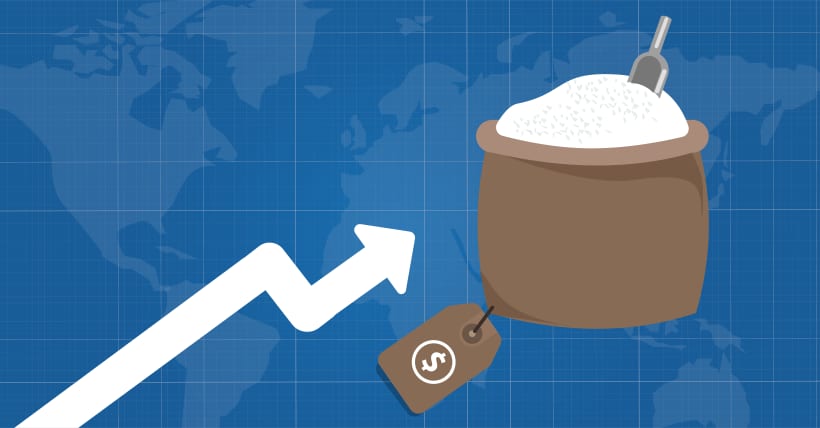
• Allulose
• Erythritol
• Monkfruit
• Stevia
• Tagatose
“More than two-thirds of consumers agree it is essential that sugar or sweetness comes from natural sources. The naturally sweetened low-sugar market is nearly four times larger than the artificially sweetened low-sugar market. While low-sugar products of all formulations are growing, naturally sweetened low-sugar products are growing faster than artificially sweetened products.”—Mintel: “The Low-Sugar Destiny of Health,” by Carl Fritscher (June, 2021)
Ingredient technologists have made significant advances in sweetener systems designed for sugar reduction. Here are the top 5 natural sweeteners:
